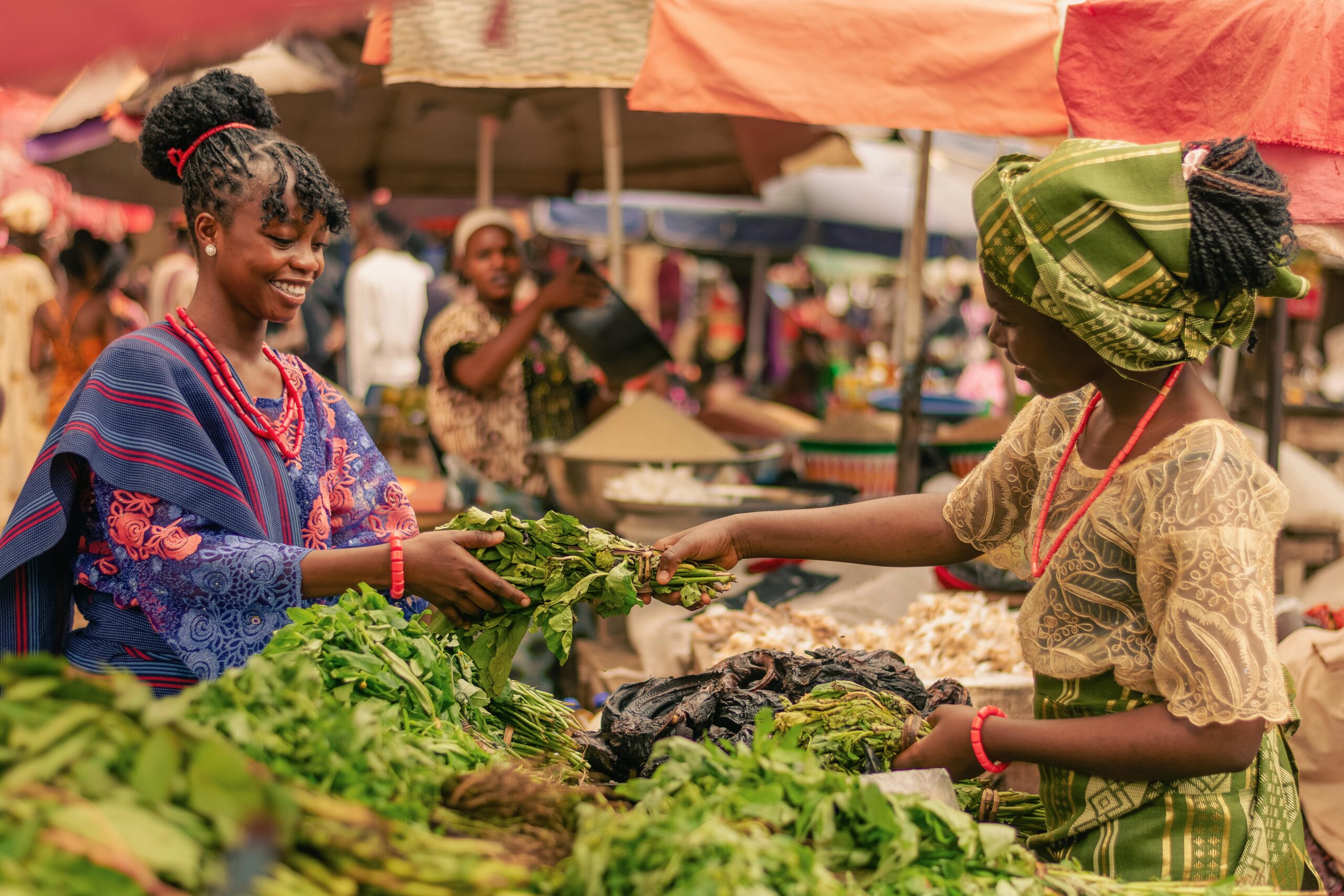
Comparative analysis of Africa and Latin America: Can Africa surpass Latin America in trade?
FMCG Export Potential: A Comparative Analysis of Africa and Latin America
Africa's young and growing population is driving a consumer market projected to reach USD 2.1 trillion in spending by 2026. Despite this, the continent's Fast-Moving Consumer Goods (FMCG) sector remains heavily import-dependent. In fact, intra-African trade is low, at only 17%, lagging far behind Europe's 68% and Asia's 59%. However, the African Continental Free Trade Area (AfCFTA), which creates a single market of 1.4 billion people, presents a transformative opportunity for growth.
Africa's Core Export Challenges
Several key barriers limit Africa's FMCG export growth:
- Logistical Hurdles: Significant infrastructure gaps persist. Sub-Saharan Africa invests only about 3.5% of its GDP annually in infrastructure, which is half of the 7.1% needed.
- Regulatory Complexity: Navigating 54 distinct markets makes trade in Africa 50% more expensive than the global average.
- Fragmented Supply Chains: Over 80% of retail in Africa operates through informal channels, which complicates distribution and demand forecasting.
The AfCFTA: A Catalyst for Manufacturing and Trade
The AfCFTA is the primary catalyst for overcoming these challenges. It establishes a single market with a combined GDP of USD 3.4 trillion. Moreover, by aiming to eliminate tariffs on 90% of goods, projections show the AfCFTA will increase intra-African trade by up to 45% by 2045 and could consequently double the size of Africa's manufacturing sector to USD 1 trillion.
Comparative Analysis: Africa and Latin America
Africa and Latin America share similar demographics, including young, urbanizing populations and a historical dependence on commodity exports. However, Latin America has a significant lead in the FMCG export market.
Specifically, Latin America's advantage builds on greater economic maturity, with a combined GDP two to three times larger than that of sub-Saharan Africa. This is reflected in its export composition, where the manufacturing value-added in intra-regional trade is 18% in Latin America, double Africa's 9%. Furthermore, its infrastructure is more developed, with 23% of its roads paved compared to 14.5% in Sub-Saharan Africa.
Africa's Path Forward: Opportunity and Growth
Despite these disparities, Africa's position holds immense potential. For instance, projections show its economic growth will be stronger, averaging around 4% compared to 2% for Latin America. Additionally, as a less mature market, Africa has fewer established international firms, creating significant opportunities for new brands to capture market share. Above all, full implementation of the AfCFTA could boost continental income by USD 450 billion by 2035.
The Role of Global Partnerships
International cooperation is essential for accelerating Africa's development. This primarily includes shifting Foreign Direct Investment (FDI) from its historical focus on natural resources (which accounts for nearly 75% of inflows) to value-added industries like agribusiness and technology. In addition, closing the USD 100 billion annual infrastructure financing gap requires a global effort. Finally, meaningful debt relief is critical, as over half of African nations currently spend more on debt servicing than on healthcare.
A Strategic Roadmap to Unlock Global Markets
To close the export gap, Africa requires a clear strategic roadmap:
- Invest in Infrastructure: Prioritize public-private partnerships to upgrade critical transport, energy, and digital networks.
- Embrace Technology: Leverage the continent's 615 million mobile users to deploy digital-first supply chain solutions.
- Harmonize Standards: Establish continent-wide standards for product quality and safety to build international trust.
- Build Authentic Brands: Focus on marketing unique, high-quality products to challenge negative "country of origin" perceptions.
Conclusion
By addressing infrastructure deficits, leveraging the AfCFTA, embracing digital innovation, and building strong brands, Africa can ultimately transform its vast consumer potential into a global competitive advantage. Full implementation of the AfCFTA has the potential to increase Africa's exports by USD 560 billion.
Therefore, the opportunity is clear. Ready to join Africa's FMCG growth story? Connect with partners—from FMCG suppliers like ASAFI to logistics experts—to succeed in this dynamic market.



